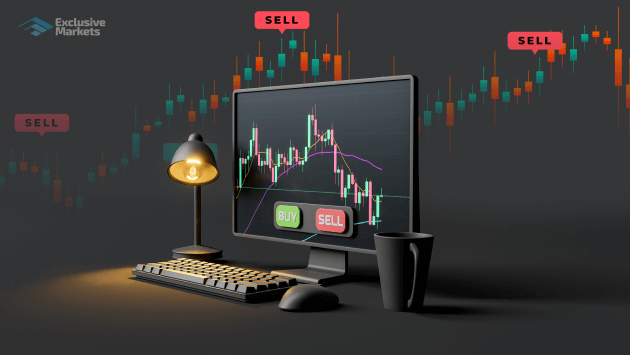Effective Forex Day Trading Strategies for Success 1605203141

Effective Forex Day Trading Strategies for Success
Day trading in the Forex market has become increasingly popular among traders looking to capitalize on short-term price movements. With the right strategies in place, traders can significantly increase their chances of success. This article will outline some of the most effective Forex day trading strategies that can help traders navigate this fast-paced environment and achieve their financial goals. Additionally, for those interested in reliable platforms, you can check out forex day trading strategies Best Saudi Brokers to find suitable trading partners.
Understanding Day Trading
Day trading refers to the practice of buying and selling financial instruments, including currency pairs, within the same trading day. The primary goal is to profit from small price fluctuations that occur throughout the day. This type of trading requires a solid understanding of market dynamics, technical analysis, and a well-developed trading strategy. The allure of day trading lies in its potential for quick profits, but it also involves significant risks.
Key Principles of Successful Day Trading
Before diving into specific strategies, it is essential to understand some key principles that can enhance your day trading endeavors:
- Discipline: Stick to your trading plan and avoid emotional decision-making.
- Risk Management: Use proper risk management techniques to protect your capital.
- Time Management: Allocate specific times for trading and research to optimize your efficiency.
- Market Analysis: Stay updated on economic news and market trends that can affect currency prices.
Popular Day Trading Strategies
1. Scalping
Scalping is a popular day trading strategy that involves making numerous trades throughout the day to capture small price movements. Traders typically hold positions for just a few minutes or seconds, aiming to earn small profits with each trade. Scalping requires a high level of focus, quick decision-making skills, and a solid understanding of market mechanics.
2. Momentum Trading
Momentum trading involves identifying and capitalizing on strong price movements in one direction. Traders using this strategy look for news events or significant economic data releases that can cause volatility. They enter positions when they believe the momentum will continue, using tools like moving averages and trend lines to guide their decisions.
3. Range Trading

Range trading is based on the notion that prices often move within a specific range for a period. Traders using this strategy identify resistance and support levels and place trades accordingly. They buy when the price reaches the support level and sell when it reaches the resistance level. This strategy requires patience and a good understanding of market conditions.
4. Breakout Trading
Breakout trading involves entering a position when the price breaks through a defined level of support or resistance. This strategy is based on the belief that once the price breaks out, it will continue in the direction of the breakout. Successful breakout traders use various technical indicators to identify potential breakout points.
5. News Trading
News trading focuses on taking advantage of volatility that occurs around economic news releases and reports. Traders who use this strategy stay updated on the economic calendar and trade based on anticipated price movements in reaction to news events. This strategy requires quick execution and a solid understanding of how different news can affect currency pairs.
Technical Analysis Tools for Day Trading
Day traders heavily rely on technical analysis tools to make informed decisions. Some commonly used tools include:
- Charts: Candlestick charts and line charts help traders visualize price movements.
- Indicators: Tools like RSI, MACD, and moving averages assist traders in identifying trends and potential reversal points.
- Volume Analysis: Analyzing trading volume helps traders understand market activity and potential price movements.
Psychology of Day Trading
The psychological aspect of day trading cannot be overlooked. Successful traders maintain a disciplined mindset, can manage their emotions during trading, and adhere strictly to their trading plan. Developing a set of rules and sticking to them, even during losing streaks, is vital for long-term success in day trading.
Risk Management Strategies
To protect your trading capital, implementing effective risk management strategies is crucial. Consider the following techniques:
- Position Sizing: Determine the appropriate position size based on your risk tolerance and account size.
- Stop-Loss Orders: Use stop-loss orders to limit potential losses on trades.
- Diversification: Avoid putting all your capital in a single trade or currency pair to spread risk.
Conclusion
Forex day trading can be a rewarding venture if approached with the right strategies and mindset. By implementing effective trading strategies, managing risk, and continuously improving your trading skills, you can enhance your chances of success in this dynamic market. Remember, trading is not just about making profits; it’s about developing a comprehensive approach to your trading plan, staying disciplined, and adapting to market conditions. Happy trading!

